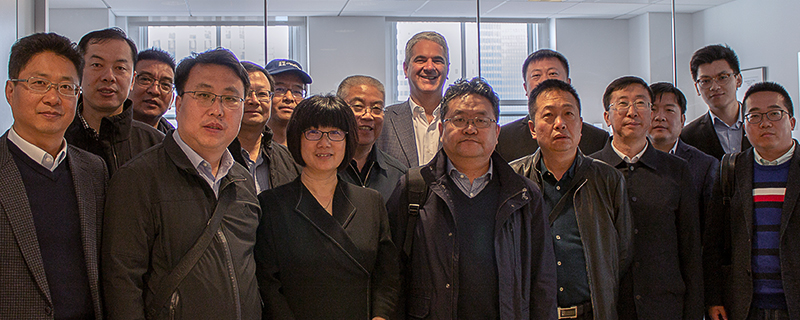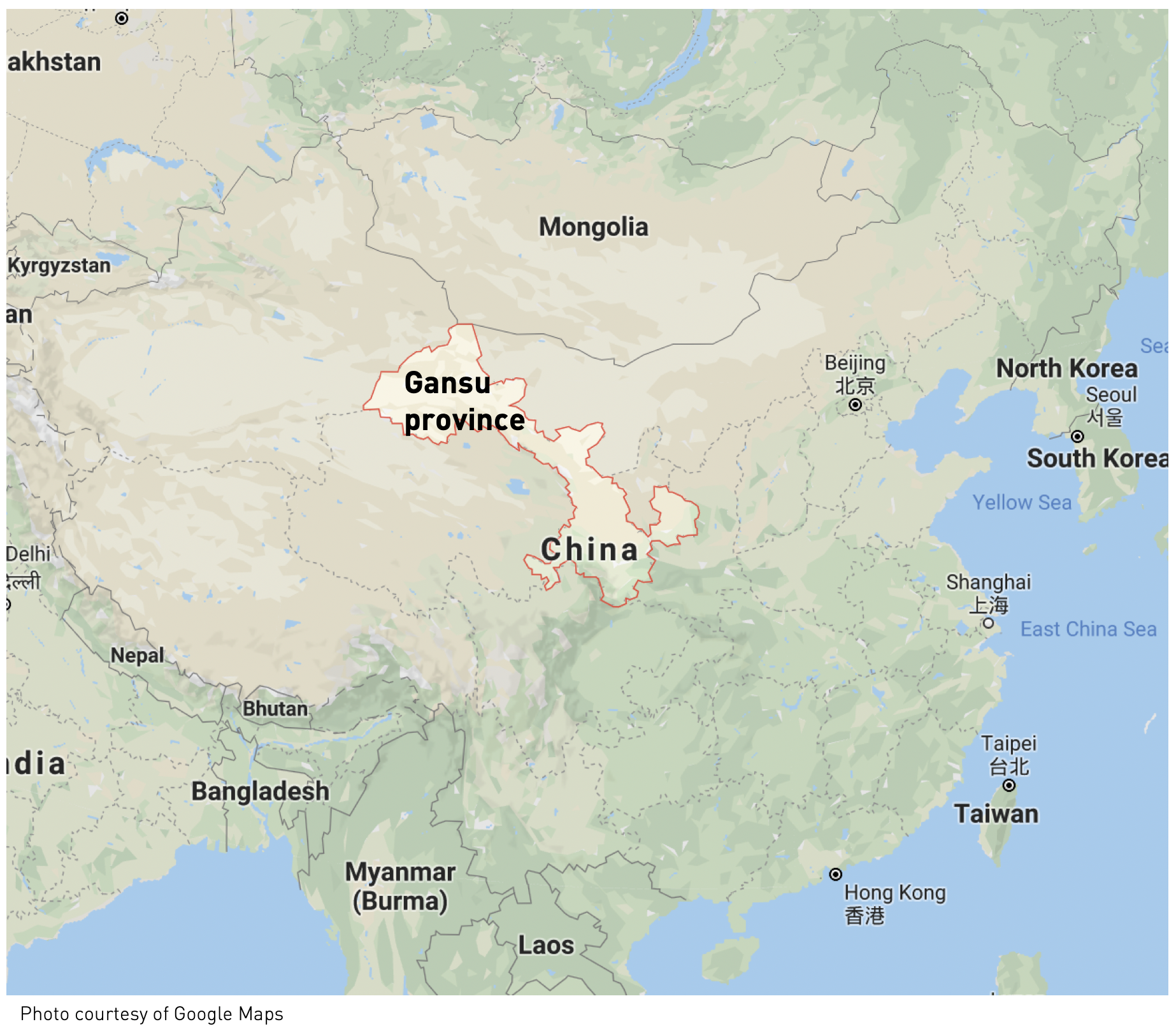Gansu Province: Golden Corridor to the Digital Silk Road

KraneShares had the privilege of hosting government representatives from the Chinese province of Gansu at our office in New York. Gansu is adjacent to Shaanxi province, the historical starting point for the Silk Road and a major point of implementation for China’s One Belt One Road (OBOR) Initiative. OBOR is a monumental infrastructure project which by some estimates will impact 41% of global GDP upon completion1. While the scope of OBOR is enormous, our recent meeting with the Gansu government revealed how OBOR has ignited regional economies within China, impacting industries beyond road, rail and maritime.

Located to the northwest of central China, Gansu’s northern-most border touches Mongolia and southern border reaches Shaanxi. Characterized by an arid climate and abundant sunshine it is no surprise that Lanzhou, the capital of Gansu, is a sister-city to Albuquerque, New Mexico. Gansu’s economic heyday coincided with the original Silk Road. Today it is home to the “NASA of China," the Jiuquan Satellite Launch Center.
Prior to the announcement of OBOR, the Gansu economy relied on manufacturing, agriculture, and mining. However, new OBOR-related developments in Lanzhou include a 45bn yuan investment (about $6bn USD) in a cultural tourism project which includes three 5-star hotels and a new airline route from Kuala Lumpur to Lanzhou by AirAsia2. Because of OBOR, Gansu is evolving from an insulated regional economy into a “golden corridor,” supporting Chinese industry, international trade, and cultural exchanges through tourism.
The primary purpose of the Gansu government’s trip to the U.S. was to learn about companies that are leveraging concepts such as big data and cloud computing to create more efficient businesses and cities. These topics may seem unrelated to OBOR; however, they are all subsets of what Wang Zheng Xiang, Bureau Director of Lanzhou Municipal Industry and Information Technology, calls the “Digital Silk Road.” As Mr. Wang explained, the Digital Silk Road “is both the physical infrastructure for digital networks and the data that travels over the networks.” This Digital Silk Road will coincide with the rail, road, and maritime projects of OBOR and establish 5G networks to enable the flow of communication along with goods and services.
Within the KraneShares MSCI One Belt One Road ETF (ticker: OBOR) Jiangsu Zhongtian Technology Co. (“ZTT”), provides a great example of a Chinese company whose expertise in fiber optic communication and power-transmission products has positioned them to implement many of OBOR’s digital infrastructure initiatives.
In January of 2019, ZTT announced the successful installation of a trans-region and cross-sea 500kV HVAC XLPE insulated submarine fiber optic composite cable. Amidst a challenging construction environment, ZTT was able to install the highest voltage cable in the world, closing a gap in the fiber optic grid to Zhoushan Island (off of mainland China). This project provides a powerful connection to Zhoushan Island and is indicative of the projects that are needed to build the Digital Silk Road.

An estimated $8 trillion3 in investment will be required to fulfill all OBOR projects. 134 countries4 are in agreement to cooperate including most recently the first major European economy, Italy. As China strengthens its ties with the rest of the world, regions like Gansu are excited for the opportunities to generate new connections, both physical and digital.
- “The Belt and Road Initiative: Country Profiles”, HKTDC.com as of 3/31/2019.
- "Wanda To Invest 45bn Yuan in a Cultural Tourism Project", interpark.co.uk as of 3/31/2019
- "How Big is China's Belt and Road?", csis.org as of 3/31/2019
- “The Belt and Road Initiative: Country Profiles”, HKTDC.com as of 3/31/2019.
Weights of OBOR Holding Mentioned:
- Jiangsu Zhongtian Technology Co. % of OBOR net assets as of 4/25/2019: 0.38%.


















